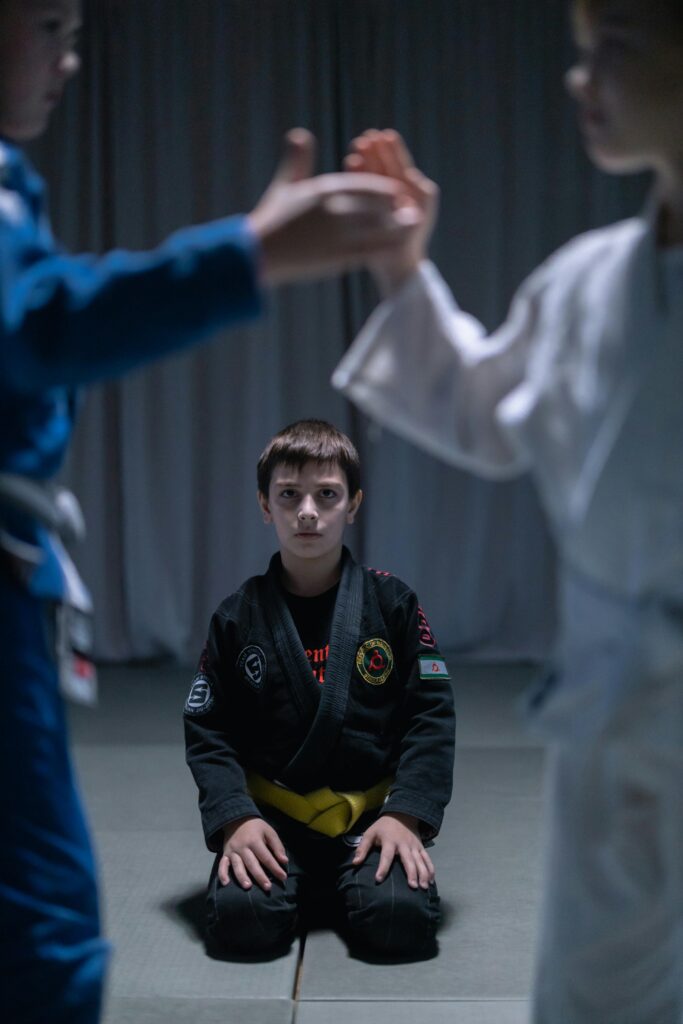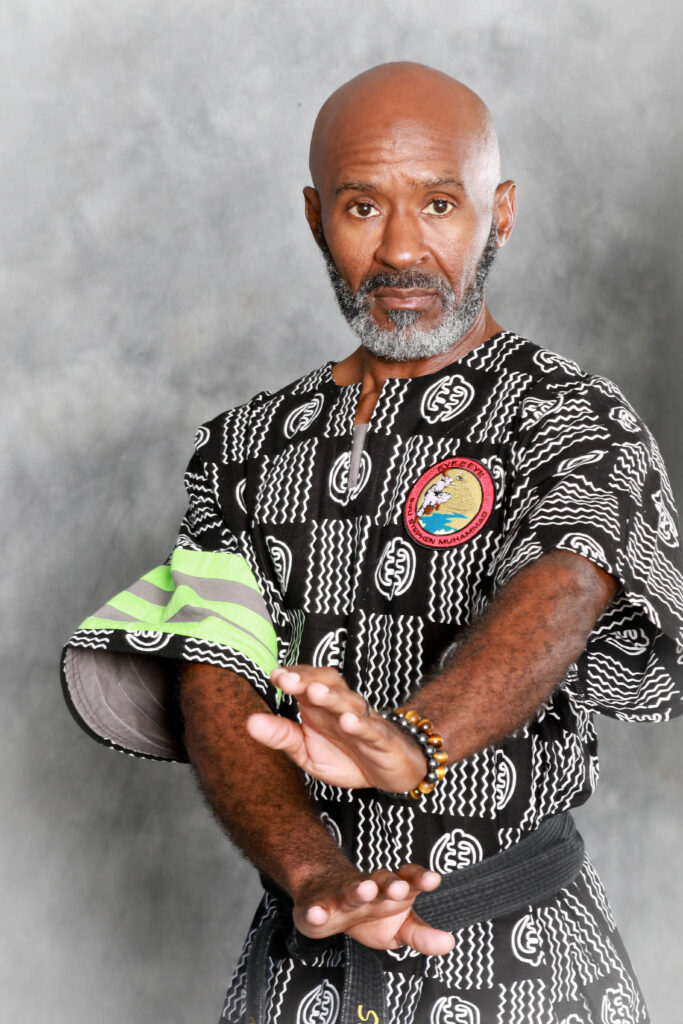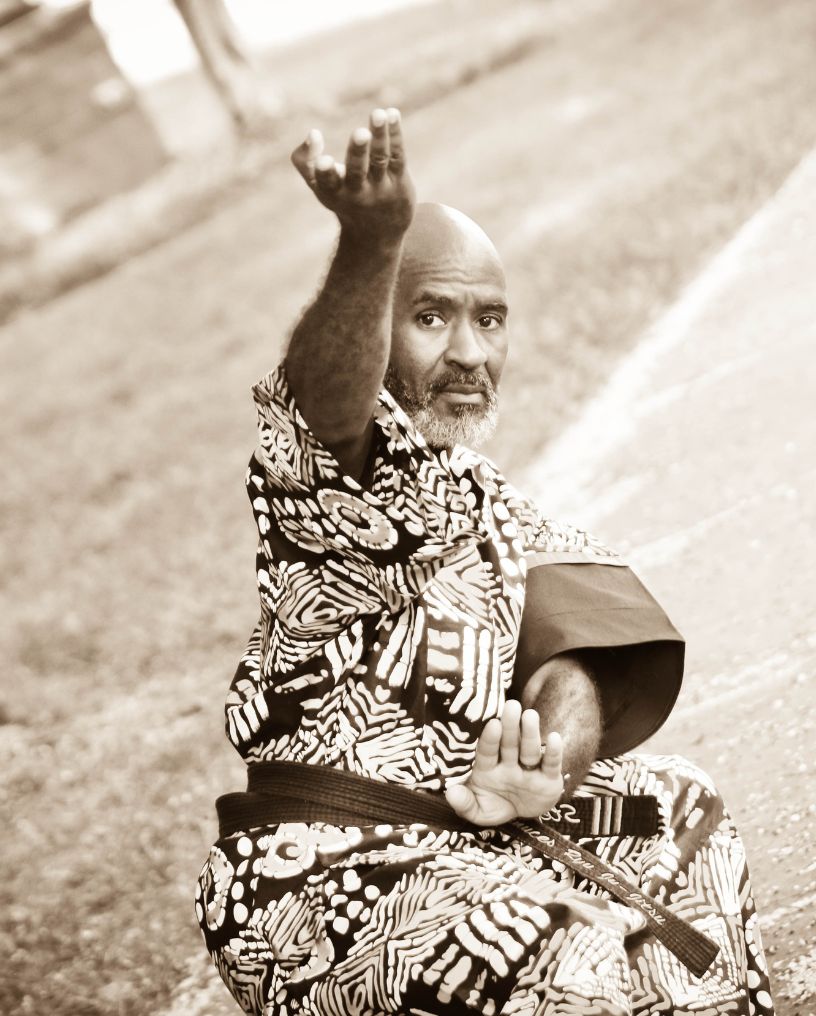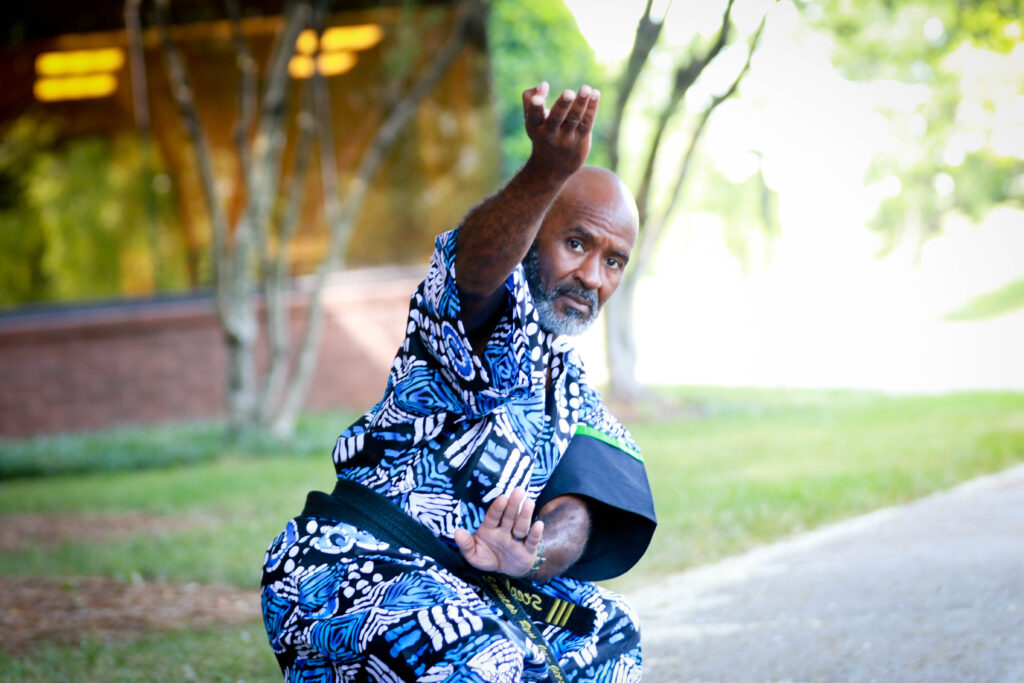Your body knows fear before your mind does. One moment, you’re in control—then something unexpected happens. Your chest tightens, your breath shortens, and your instincts take over. But instead of fighting or escaping, you freeze.
Panic is what happens when your brain can’t find a solution fast enough. It scrambles, it hesitates, and that hesitation can cost you. Staying calm isn’t about being fearless—it’s about being prepared.
When you train your body and mind to respond with purpose, panic loses its grip. This is exactly what we teach at Eye2Eye Combat—how to control fear, so it never controls you.
Why Do People Panic in Dangerous Situations?
Panic is what happens when the brain doesn’t have a clear plan. It’s an automatic response, and once it takes over, logical thinking fades. Understanding why this happens is the first step toward controlling it.
The Science of Panic – What Happens in Your Brain?
When the brain detects danger, it acts before you have time to think. The amygdala, the part responsible for fear, floods your body with adrenaline. Your pulse spikes, breathing becomes shallow, and muscles tense—your body is getting ready to react.
This reaction is useful in real emergencies, but when the brain doesn’t know what to do, it stalls. Instead of moving, some people freeze. Training helps override this, teaching your body how to react before panic takes over.
Fight, Flight, or Freeze – Why People React Differently
Not everyone reacts the same way under stress. The body picks one of three responses:
- Fight: You instinctively try to defend yourself.
- Flight: Your body urges you to escape.
- Freeze: Your brain locks up, making it difficult to act.
Freezing happens when there’s no mental preparation. If the brain doesn’t have a clear response, it hesitates. That’s why training matters—it conditions your body to move, so you don’t get stuck when it counts.
The Role of Past Experiences in Panic Reactions
Your past shapes how you react to stress. If you’ve faced real danger before, your brain has a reference for handling it. Someone who has trained for high-pressure situations is less likely to freeze than someone experiencing it for the first time.
This is why practice is key. When your brain already knows what to do, it doesn’t waste time figuring it out.
Common Situations Where Panic Strikes
Some situations trigger panic more than others, especially when there’s little time to think. These include:
- Physical confrontations – An attack, an argument that turns violent, or someone grabbing you unexpectedly.
- Car accidents – Losing control of a vehicle or witnessing a crash.
- Natural disasters – Fires, floods, and earthquakes disrupt normal thinking.
- Medical emergencies – Seeing someone collapse or struggle to breathe.
There’s no way to predict every situation, but training helps prepare you for the unexpected. The more you practice handling stress, the less likely panic will take over.
How Your Mind Can Work Against You in High-Stress Moments
Your mind is your greatest tool, but under pressure, it can also be your biggest obstacle. Stress distorts thinking, leading to poor decisions.
Tunnel Vision – Why You Struggle to Think Clearly
Stress narrows your focus, making it hard to see the full picture. Your brain locks onto one thing, ignoring everything else.
If someone grabs you, you might fixate on their hands instead of looking for an escape. If danger is in front of you, you might not notice an open exit nearby. Training helps break this habit by teaching you to stay aware, even under pressure.
Overreacting vs. Underreacting – The Extremes of Panic
Panic pushes people to opposite extremes. Some react too aggressively, while others do nothing at all.
- Overreacting – Swinging wildly, escalating a situation, or acting without thinking.
- Underreacting – Hesitating, freezing, or failing to respond in time.
A controlled response is the goal. The right training helps build habits that keep reactions sharp without overcompensating.
The Paralysis of Indecision
Hesitation is deadly in a crisis. The longer you take to act, the more power you give to the situation.
If someone lunges at you and you pause to decide what to do, you’ve already lost time. The key is training your body to respond instantly. When you don’t have to think, you don’t hesitate.
Fear vs. Rationality – Who Wins?
Fear isn’t the enemy—it’s how you handle it that matters. The problem comes when fear replaces clear thinking.
Training bridges the gap between fear and action. When you’ve drilled responses into muscle memory, your body moves on instinct. Fear may still be there, but it won’t stop you from acting.
Strategies to Stay Calm and In Control
Staying calm in a dangerous situation isn’t luck—it’s training. The right habits and mindset can keep you in control when fear tries to take over.
The Power of Controlled Breathing
Your breath is the first thing you can control when panic sets in. If it’s fast and shallow, your heart rate spikes, and your thinking gets cloudy. Slowing it down forces your body to relax, bringing clarity and control back into your hands.
Try this:
- Breathe in through your nose for 4 seconds.
- Hold it for 4 seconds.
- Exhale through your mouth for 4 seconds.
This simple technique helps you reset under stress. Fighters, first responders, and experienced self-defense students rely on it when things get intense. The more you practice, the easier it is to use when it counts.
Mental Rehearsal – Training Your Brain for Emergencies
Your brain doesn’t know the difference between something imagined and something real. That’s why mental rehearsal is so effective. If you’ve never planned for danger, your mind stalls when it happens. But if you’ve already pictured yourself escaping, countering, or staying calm, your body follows that script.
See yourself reacting to different threats. Imagine breaking free from a grip, blocking an attack, or getting to safety. The more you run through these scenarios, the less room fear has to take over.
The Importance of Situational Awareness
Most threats can be avoided by paying attention. People who look alert and aware are less likely to be targeted. A predator doesn’t want a challenge—they want an easy win.
Scan your surroundings. Take note of exits, who’s around you, and anything that feels off. Trust your instincts. If something seems wrong, act on it early. The best fight is the one you never have to be in.
Grounding Techniques to Reset Your Mind
Panic pushes you into a spiral where nothing feels real. Grounding techniques pull you back. If you feel fear building, use the 5-4-3-2-1 method to regain control:
- 5 things you see – Colors, objects, people around you.
- 4 things you hear – Conversations, footsteps, distant sounds.
- 3 things you touch – Your clothing, the ground, an object nearby.
- 2 things you smell – Food, fresh air, or even your own skin.
- 1 thing you taste – Gum, coffee, or whatever’s lingering in your mouth.
This keeps your brain from spiraling and forces it back into the present. The more focused you are, the better your decisions will be.
Physical and Mental Preparation for Dangerous Situations
Being ready for danger means training both your body and your mind. The right preparation makes fear easier to control and your reactions more effective.
Why Training Matters – Muscle Memory and Self-Defense
When adrenaline hits, you don’t have time to think—you act on what you’ve trained. If your body has never practiced escaping a chokehold or blocking a punch, it won’t know what to do. But if you’ve drilled those movements, they happen automatically.
Repetition is key. The more you practice, the faster your responses become. That’s why self-defense students drill techniques over and over until they no longer have to think about them. When a real situation happens, their body already knows what to do.
The Role of Fitness in Panic Management
Your body’s endurance affects how long you can fight, escape, or hold your ground. Strength and flexibility give you more options. If you’re winded after a few seconds or too stiff to move quickly, your ability to defend yourself drops fast.
Training builds stamina. It keeps you strong under pressure and helps you push past fatigue. The better shape you’re in, the more control you have over your body when it matters most.
Developing a Personal Safety Mindset
Being prepared isn’t paranoia—it’s strategy. If something feels off, don’t ignore it. If you’re in an unfamiliar area, plan your route before you need it. If you notice someone acting strangely, position yourself near an exit.
Thinking ahead gives you an advantage. It keeps you from being caught off guard and gives you options before a situation turns bad. The more you plan, the more control you have.
Building Long-Term Resilience Against Panic
Panic doesn’t just happen in life-threatening moments. It builds over time through daily habits and mindsets. If you train yourself to handle small stressors well, you’ll be better prepared for bigger ones.
The Role of Daily Stress Management
Stress is like a weight. If you never train with it, it crushes you when it gets heavy. But if you learn to carry it daily—through exercise, controlled breathing, or focused mental work—you get stronger.
Handling minor frustrations well builds resilience. It keeps your nervous system from overreacting to every challenge. The more balanced you stay in everyday life, the easier it is to stay calm in high-pressure moments.
The Importance of Facing Small Fears First
Confidence is built, not given. If you avoid confrontation or discomfort, fear gains control. But if you face small fears regularly—speaking up in difficult conversations, setting boundaries, or standing your ground—you train yourself for bigger moments.
Courage isn’t about eliminating fear. It’s about taking action despite it. The more you do this in safe situations, the easier it becomes when things get serious.
Creating a Personal Emergency Plan
A plan removes hesitation. If you already know what to do in a crisis, there’s no time wasted in confusion.
Write down key information:
- Escape routes – How to get out of your home, workplace, or a public space.
- Emergency contacts – Who to call first and in what order.
- Self-defense techniques – The moves you know well enough to use under stress.
The more prepared you are, the less panic has a chance to take hold.
The Mindset Shift – Embracing Calm as a Skill
Fear will always exist, but it doesn’t have to control you. The difference between those who panic and those who don’t is preparation.
Panic is instinct. Control is trained.
Make Confidence Your Default Setting
Fear is part of being human, but it doesn’t have to run the show. The more you train, the less control panic has over you. Building strong habits—like controlled breathing, situational awareness, and mental rehearsal—makes the difference between freezing and acting when it matters most.
If you want to turn reaction into readiness, start with Bujutsu training at Eye2Eye Combat. Our classes aren’t just about learning techniques—they’re about rewiring how you respond to pressure, fear, and conflict. You don’t have to wonder how you’ll handle danger—you’ll know because you’ve trained for it. Step onto the mat, sharpen your instincts, and build the confidence that keeps you in control.
FAQs
Why do people react differently in a crisis?
Everyone’s brain processes danger in its own way. Some people fight, some run, and others freeze—it all depends on past experiences, training, and even biology. If you’ve never faced real pressure before, hesitation is natural. But with the right training, you can teach your mind and body to stay calm and act with purpose.
Why are some people so calm in a crisis?
Calmness in high-stress situations isn’t magic—it’s practice. People who stay level-headed have likely trained their minds and bodies to handle stress. Controlled breathing, mental rehearsal, and experience all play a role. The good news? It’s a skill anyone can build with the right training. Confidence under pressure comes from preparation, not just personality.
Can you really train yourself to stop panicking?
Absolutely. Panic happens when your brain doesn’t know what to do. When you train your body with repetition and your mind with visualization, you replace uncertainty with instinct. That’s why real-world self-defense training is so effective—it gives you a plan before fear has a chance to take over.
What’s the fastest way to build confidence in a crisis?
Start small. Face discomfort in everyday life—speak up, push through physical challenges, and learn to control your breathing under stress. Then, train with scenarios that mimic real pressure. The more you expose yourself to controlled stress, the more confidence you’ll have when it’s real. Training in Bujutsu at Eye2Eye Combat is a great way to start.





